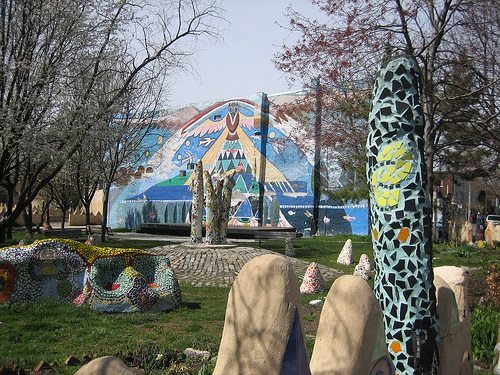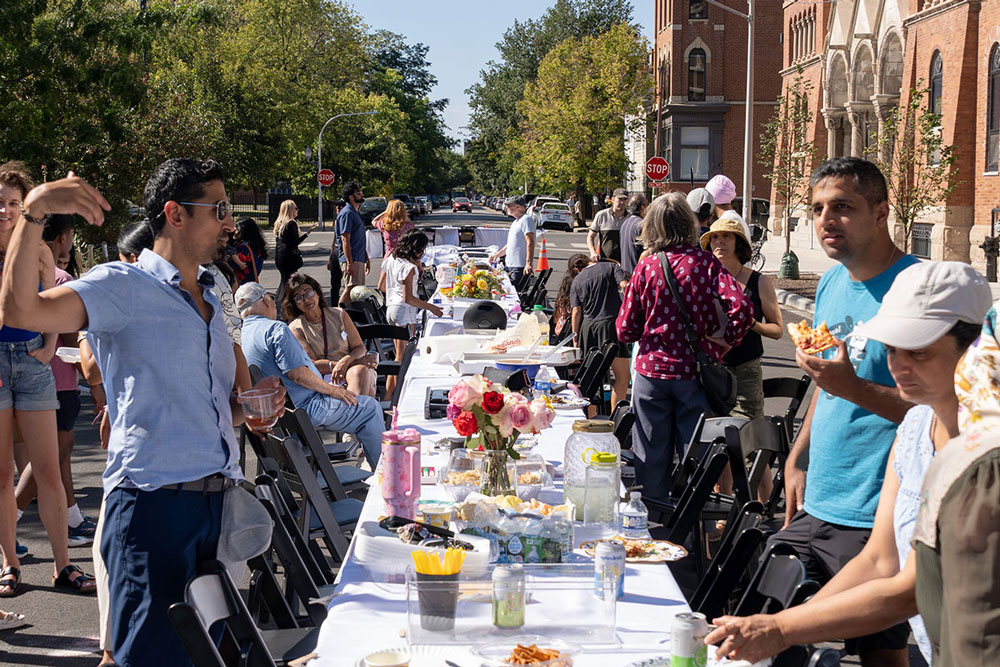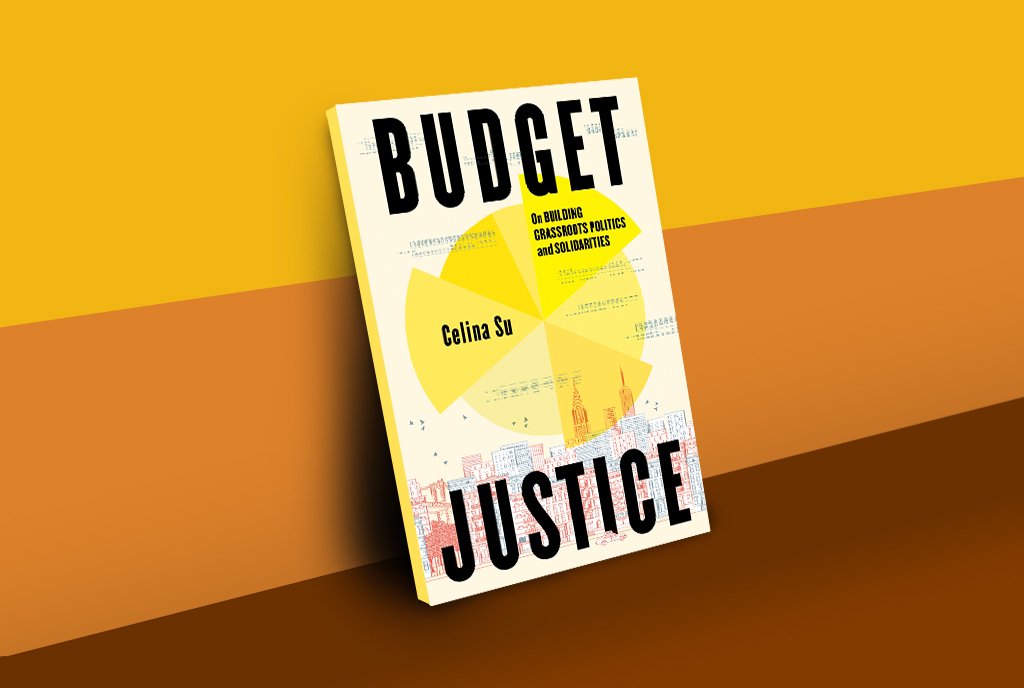
How does a nonprofit “market” work to limit growth? It depends upon the specifics of the market. NPQ would love to hear from readers about the findings of the report described below.
On Sunday, the front page of the Philadelphia Inquirer ran a headline describing the state of the arts sector in the Philadelphia region: “Abundant culture, dearth of funding.” On Monday morning, leaders from the arts community and its funders gathered to hear key findings from the report that prompted the headline, an in-depth study of the region’s cultural sector by Boston-based consulting and research firm TDC.
“Capitalization, Scale, and Investment: Does Growth Equal Gain?” was commissioned by the William Penn Foundation—long a leading supporter of the region’s arts organizations—and its findings were first presented last October at the 2014 Grantmakers in the Arts conference. This research was undertaken as a follow-up to “Getting Beyond Breakeven,” a previous study jointly funded by the William Penn Foundation and the Pew Charitable Trusts and published in 2009. The report and its appendices and slides are available on the TDC website. Much of the data supporting both studies is drawn from the Cultural Data Project; the new report focuses on data from 2007-2011.
The report includes two sections: The first aims “to take the temperature of the Philadelphia arts ecosystem again,” using comparative data to the extent possible to see how the sector has fared since “Getting Beyond Breakeven.” The second is a detailed analysis of what can be gleaned from the available data—as well as from interviews with leaders of 38 cultural organizations—about how and why arts organizations invest in growth, and whether or not those investments yield dividends. Here are just a few takeaways from each section:
Ecosystem
Sign up for our free newsletters
Subscribe to NPQ's newsletters to have our top stories delivered directly to your inbox.
By signing up, you agree to our privacy policy and terms of use, and to receive messages from NPQ and our partners.
- Many of the organizations studied remain financially weak, with 70 percent being undercapitalized, meeting the study’s criteria for poor financial health (less than one month of cash reserves). This is essentially the same as in the previous study, a finding that can be read as either having made no progress, or as having lost no ground as a result of the Great Recession.
- Competition for audience members and donors has increased. Between 1995 and 2008, the number of nonprofit arts organizations in the Philadelphia region increased by 64 percent, making the city’s cultural scene one of the most vibrant in the nation. However, between 2007 and 2011, the competition intensified, and the report cites three underlying reasons: (1) weak organizations did not exit the field; (2) large organizations—but not the largest—claimed a bigger slice of the pie; and (3) the net audience of paid attendees did not grow.
- The market is in transition. Organizations, audiences and the region’s philanthropic marketplace are all experiencing “uncertainty and flux.” At the same time, just among the 38 organizations interviewed, active fundraising campaigns aim to raise at least $1.4 billion, which TDC says is not nearly enough to address “the undercapitalized nature of the system.”
Investing in growth
This part of the report is loaded with troubling observations and important questions that arts managers, board members and funders all need to consider regarding scale, size and sustainability.
- The answer to the question in the report’s title, “Does growth equal gain?” turns out to be “no” more often than not. TDC found “an assumption that growth is a proxy for health,” in part because, “The arts sector has long struggled to define quantitative measures of success in artistic quality, audience engagement, or learning outcomes.” Arts organizations are inclined to measure success as growth in attendance, donations, and space and/or dollars—and to strive for such growth, whether or not the market will support it. Of the organizations interviewed, 90 percent had a strategy for growth but only 20 percent knew how they would fund those strategies. Co-author Susan Nelson of TDC on Monday underscored the fact that small organizations often underestimate the value of “sweat equity” as they begin to consider scaling up. The field, she says, must consider when growth is appropriate and when it is more likely to be debilitating.
- Much emphasis is placed in the report on how efforts to sustain weak organizations weigh on the sector as a whole. It is noted that, “Nonprofit startups linger longer than their counterparts in the for-profit world,” and TDC calls particular attention to a “logjam of weak teenagers” among Philadelphia’s arts sector. While allowing for “nonprofits’ amazing tenacity, even when in distress,” the study also calls for the community to find a way to thin the herd, making it okay for organizations in distress to celebrate what they’ve accomplished and gracefully close down. TDC does not discourage new organizations from flowing into the system, but rather finds, “The birth of new organizations is a healthy sign, indicating that young artists are present in the community and that they are implementing new approaches to art.” At the Monday forum, however, Nelson did allow that not every artist with a new idea needs to establish a nonprofit, and fiscal sponsorship is a viable option in many cases.
Nelson says, “What Philadelphia should be thinking about is, how do we invest in the next best ideas and give them the capital they need to do it?” And, returning to the theme of capitalization, “Don’t just give them enough, give them more than enough.”
Anyone who works in or cares about the nonprofit arts sector should spend some time with the full report. Nelson suggests the findings in the Philadelphia market generally are comparable to what she and her colleagues have observed elsewhere, especially in “other urban centers with a densely populated market of organizations.” And as noted in the report, “the organizational-level findings should be applicable to any manager that is concerned with sustainability, growth, and capitalization.”












